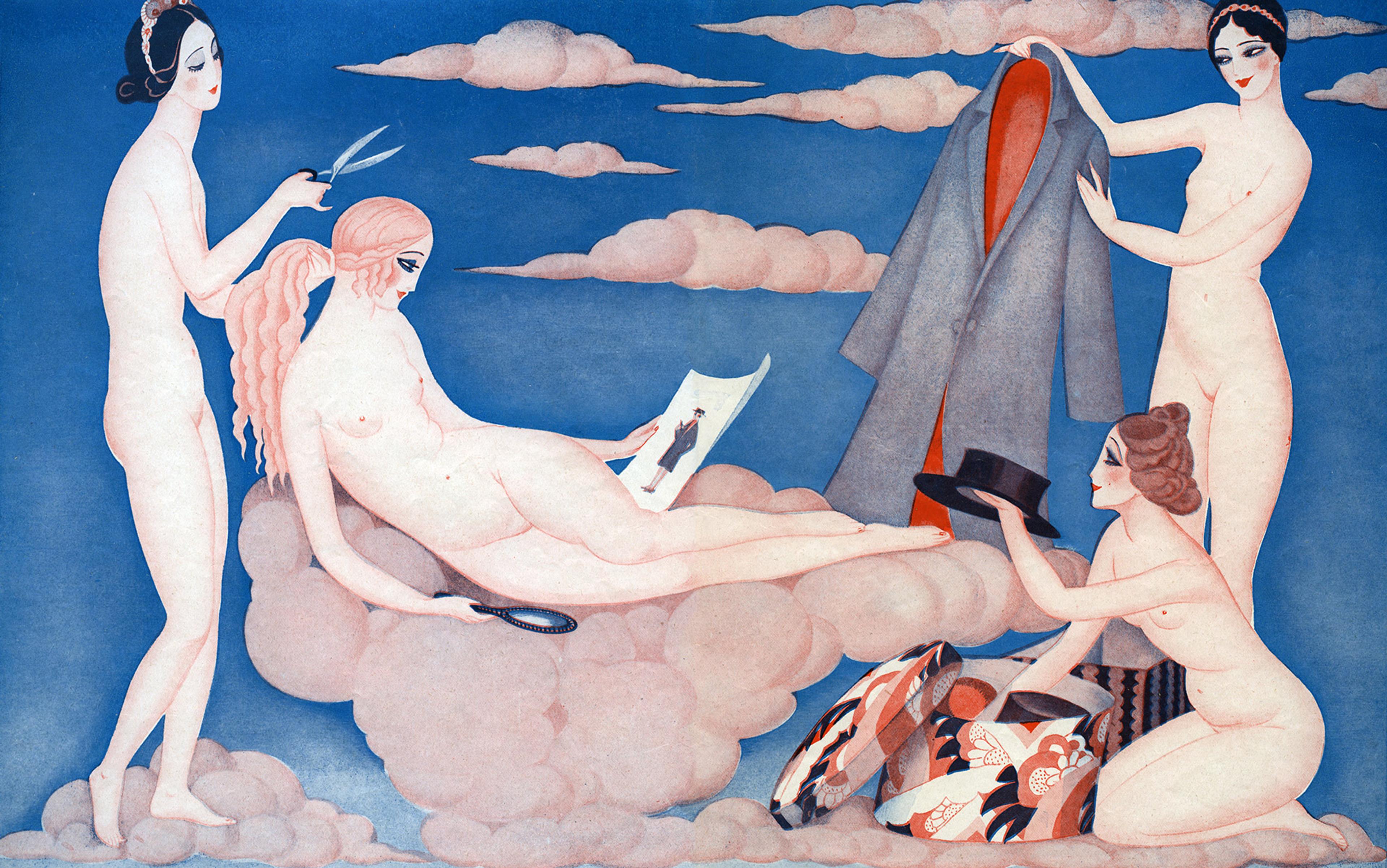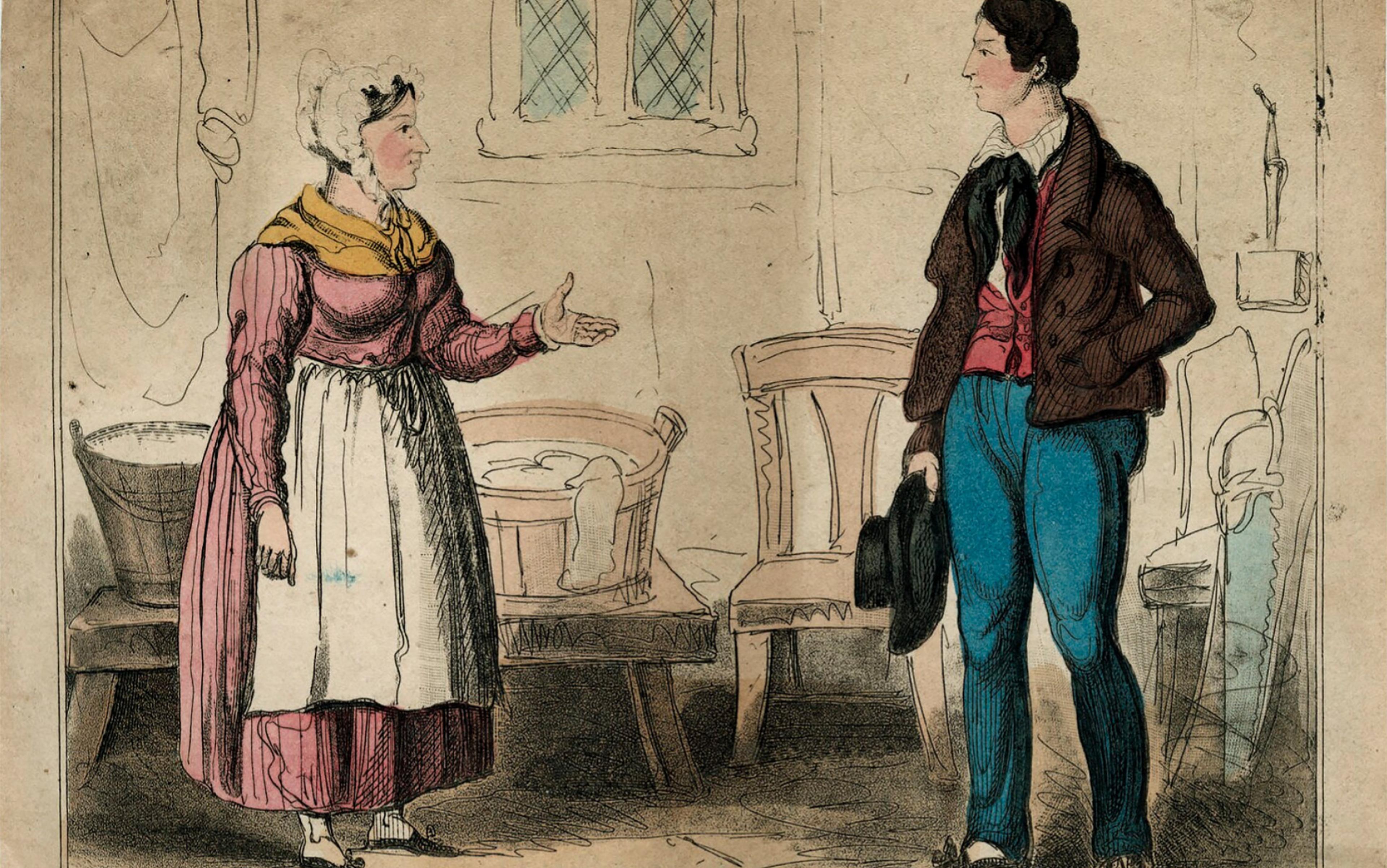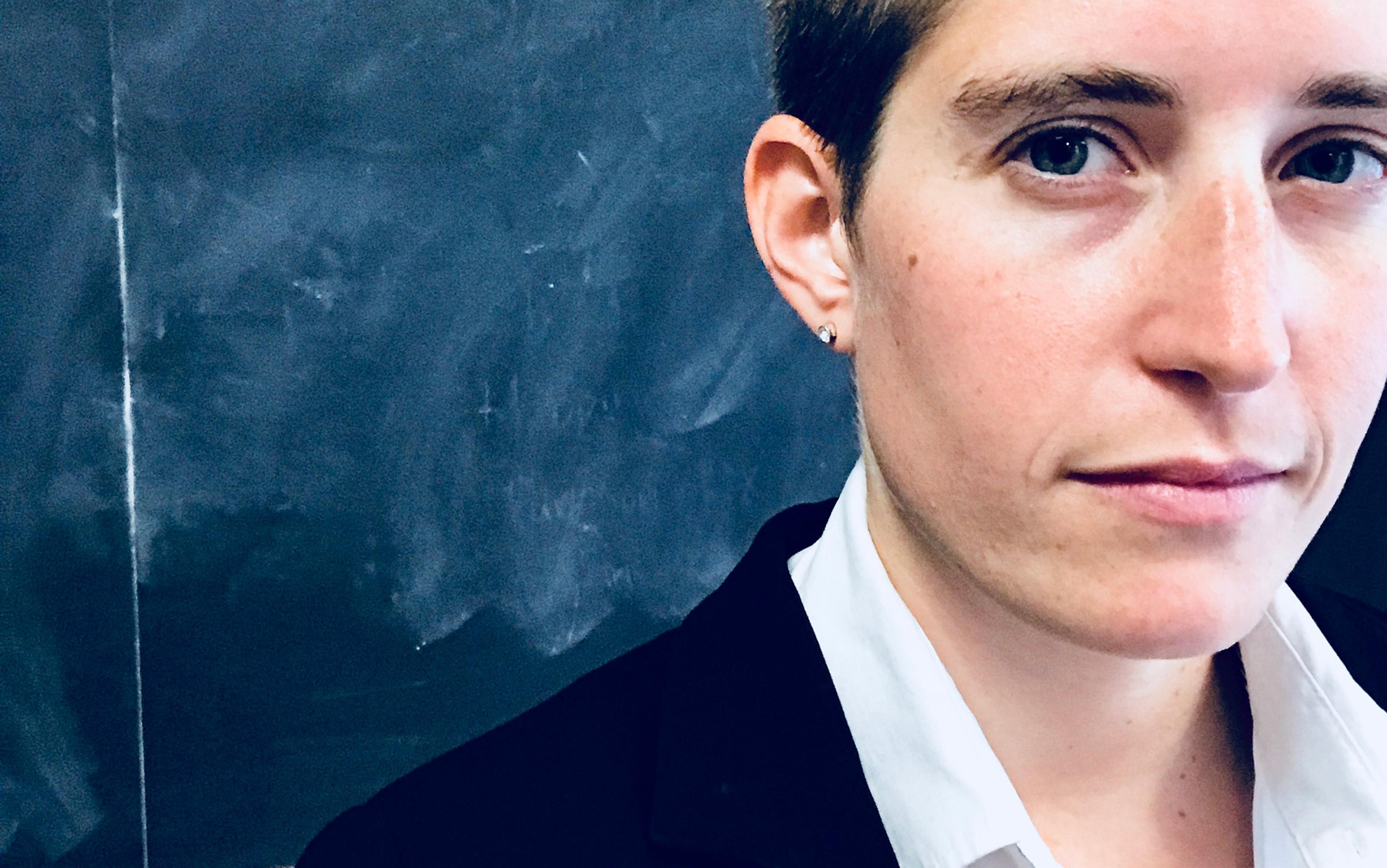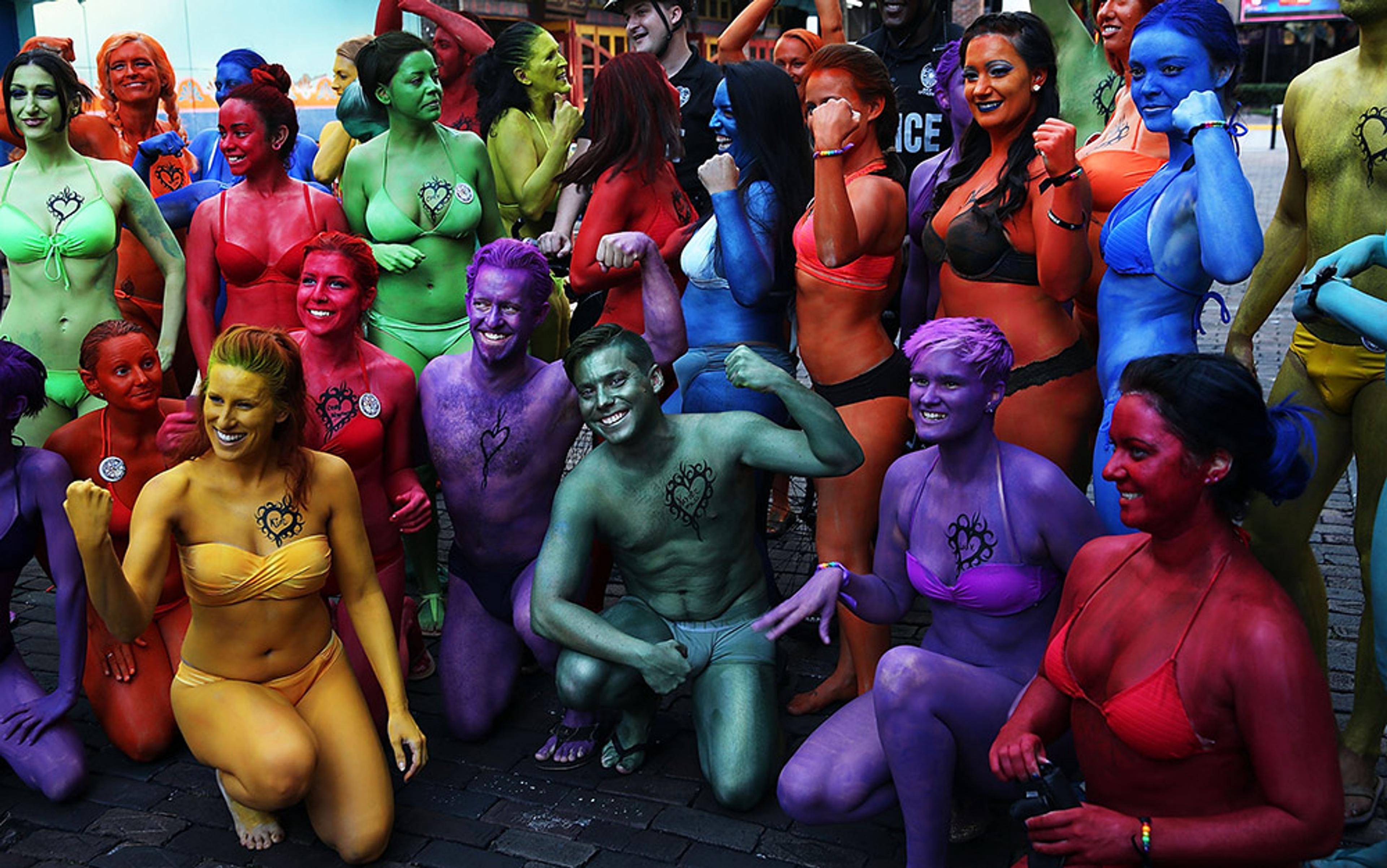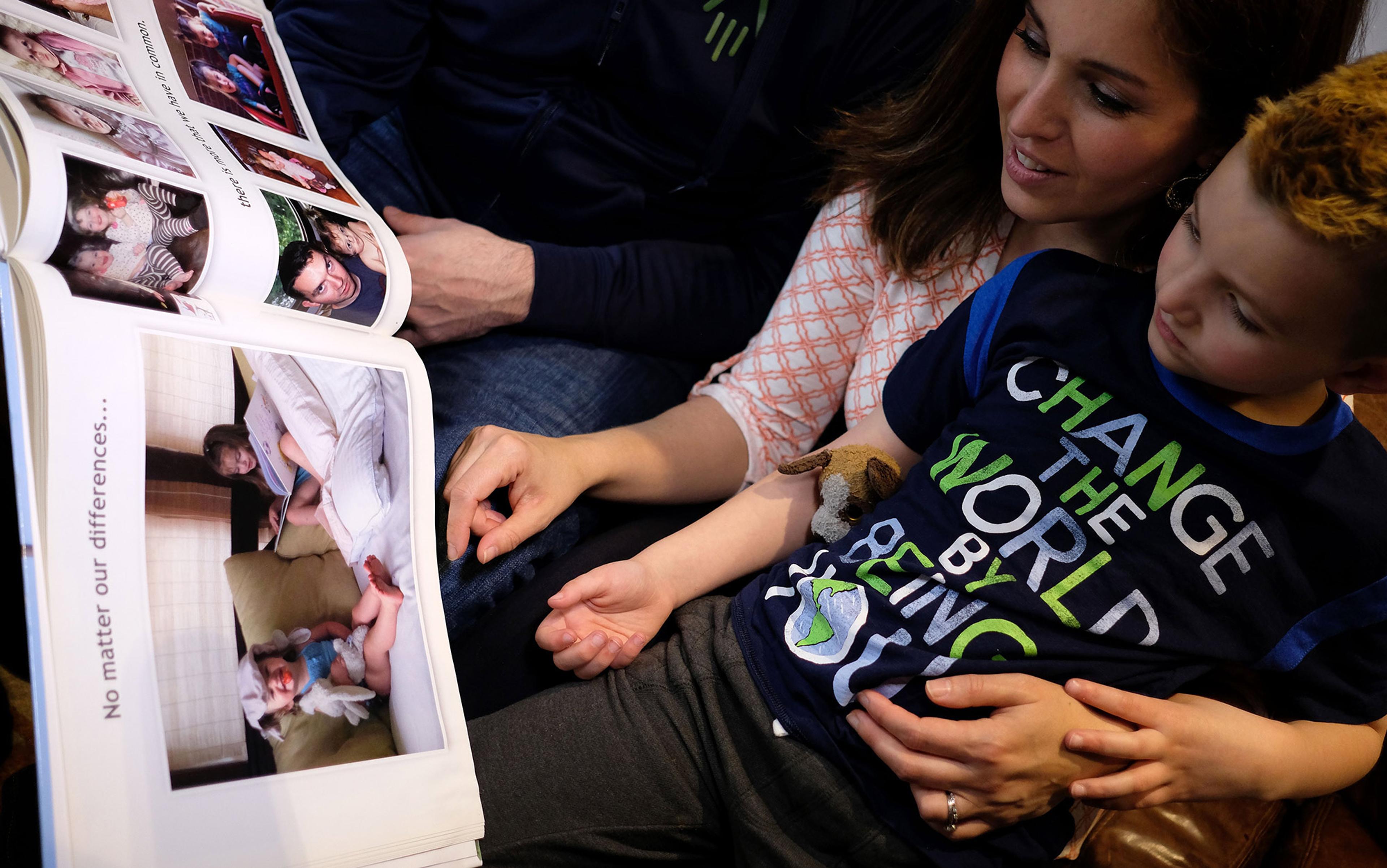Transgender issues seem particularly modern in the West. Perhaps this is because of how highly structured Western societies are: every form that needs filling in and every public WC available demands choosing between being a woman or a man. Or maybe it seems modern because transgender is associated with surgery, and surgeons have been able to change someone’s sex only since the early 1930s. Current debates about same-sex marriage, gender and sexual anti-discrimination laws are also recent advances. Indeed, the very word ‘transgender’ came into common usage only in the past 20 years or so, and even the word ‘gender’ itself was popularised only in the 1970s. So we couldn’t even talk about transgender in a sophisticated way until practically yesterday.
The term transgender is now used to denote someone who was assigned a particular gender at birth (eg, a boy) based on an assumed sex (thought to be incontrovertibly visible by genitalia, eg, male). This child, thus assigned, must then act in ways thought appropriate to that gender; boys should act only in ways that will enable them to grow into heterosexual, masculine men. People who feel no conflict between their assigned sex and their gender are said to be cis gender. Others, who do feel a conflict, might transition from one gender (woman) to another (man), and can then frame themselves as transgender.
But there’s a problem if transgender is considered a particularly recent issue, or as a peculiarly Western phenomenon. The perceived novelty of transgender people often leads to the accusation that they don’t have a right to exist, that they are just ‘making it up’, or even trying to cash in on some celebrity status, like that acquired by Caitlyn Jenner, the American TV personality who in 2015 transitioned from Bruce Jenner, the Olympian decathlete. And new things often scare people, so understanding that transgender has a deep history and can be found around the world should obviate the idea traditionalists have that transgender is just a modern invention. In fact, grasping the historical dimension of transgender might help to provide the intellectual tools necessary to properly conceive of the subject.
In the early 1540s, António de Paiva, a Portuguese merchant and missionary, arrived on the shores of Sulawesi in Indonesia. His aim was to establish trade relations with the local Bugis people and to convert their rulers to Christianity, while fending off similar appeals from Muslim missionaries. He thought his task would be easy since pork was a staple of the local diet: he assumed that this would be enough to convince the rulers to convert to Christianity instead of Islam, which would curtail their consumption of pork. What De Paiva didn’t count on, however, was the influence of the bissu.
In a letter written in 1544 to João de Albuquerque, the Portuguese bishop of the Indian state of Goa, De Paiva wrote:
Your Lordship will know that the priests of these kings are generally called bissus. They grow no hair on their beards, dress in a womanly fashion, and grow their hair long and braided; they imitate [women’s] speech because they adopt all of the female gestures and inclinations. They marry and are received, according to the custom of the land, with other common men, and they live indoors, uniting carnally in their secret places with the men whom they have for husbands … These priests, if they touch a woman in thought or deed, are boiled in tar because they hold that all their religion would be lost if they did it; and they have their teeth covered in gold.
Unfortunately for De Paiva, the power that the bissu wielded prevailed upon their rulers, and they converted en masse to Islam. We don’t know exactly why the bissu opted for Islam, but what is clear is that their influence is not to be underestimated.
The bissu bring together woman and man in one person to mediate between humans and gods
The bissu remain powerful. They are an order of spiritual leaders (often framed as a priest or shaman) who are commissioned to perform all sorts of tasks for the local community, such as helping those in power to make important decisions on topics such as marriage alliances, crop harvest dates and settlements of debt. And today, long after their conversion to Islam, they give blessings for people about to make the Islamic pilgrimage to Mecca. But where does this power come from?
The Bugis people thought that when a being became a woman or a man, that being could no longer communicate with the gods. Men and women were in some sense cut off from the gods that made them. But the gods had a means of communicating with humans: the bissu. Because the gods left the bissu undifferentiated – a combination of woman and man – they are accorded a position of influence. As the bissu bring together woman and man in one person, they can mediate between humans and gods through blessings.
During my PhD fieldwork in the late 1990s and early 2000s, I attended many such blessings. Before a blessing can be given, the bissu perform what is known as ma’giri. This is a ritual self-stabbing, whereby the bissu, who have been possessed by powerful spirits, become immune (kebal) to pain and injury. To prove their immunity, the bissu attempt to stab themselves with powerful swords (kris) in highly vulnerable places, such as the neck and the eye. If the sword fails to penetrate the skin, the bissu have proven that they are possessed by a powerful spirit, and can then enact a blessing. It is the combination of female and male elements that are said to make the bissu invulnerable.
The influence of the bissu raises a question: what is the Bugis concept of gender? We know from their writings that foreigners perceived the bissu as somehow ‘beyond’ women and men. In 1848, for instance, an Englishman called James Brooke visited Indonesia and recorded the following in his journal:
The strangest custom I have observed is that some men dress like women, and some women like men; not occasionally, but all their lives, devoting themselves to the occupations and pursuits of their adopted sex. In the case of the males, it seems that the parents of a boy, upon perceiving in him certain effeminacies of habit and appearance, are induced thereby to present him to one of the rajahs, by whom he is received. These youths often acquire much influence over their masters.
Early indigenous manuscripts also talk of the bissu occupying a special social position because they combined female and male qualities. But the analytic tools available to these earlier commentators were slim – there was no word for anything like ‘gender’. Therefore, it is difficult to assess whether the bissu were considered a ‘third’ gender or as crossing from ‘one’ gender to the ‘other’ (transgender). However, what we can say is that there was a powerful sense of what today would be called ‘gender pluralism’.
For Michael Peletz, an anthropologist at Emory University in Atlanta, gender pluralism is the notion that sensibilities and dispositions regarding bodily practices, desires and social roles are embedded in cultural notions of femininity and masculinity, and can span an assortment of combinations – there is no essential, ahistorical fact of what constitutes femininity and masculinity. The fact that transgender shamans have been accorded status not just in Indonesia but across much of Southeast Asia is a powerful indication for the historical contingency of what many today in the West take to be essential about gender.
In Malaysia, there were transgender people known as sida-sida. Similar to the bissu, the sida-sida were considered to combine female and male properties, and through this combination they were invested with spiritual power and entrusted to protect high-ranking women and their regalia on palace grounds. Then among the Iban people of Borneo, there are the transgender ritual specialists, known as manang, who are famous as dispute-settlers. The Ngaju Dayak, another group in Southeast Asia, recognised the transgender ritual specialists as the basir, while in Burma, there were the nat kadaw.
According to Peter Jackson, a scholar at the Australian National University in Canberra, gender was not differentiated in Thailand until the 1800s. Before then, Thai princes and princesses dressed the same, with matching hairstyles. But in the 19th century, to impress the British, the Thai monarchy decided that women and men should be clearly differentiated with unique clothing and hairstyles. So Thailand embarked on a strategy to make its women look like women, and its men look like men, based on a very British model of gender. By the early 1900s, Rama V, the king of Thailand, imposed Western notions of dimorphic gender, and forced the crystallisation of what a woman and a man should be; all subjects thereafter had to be clearly female or male. For Jackson, this is when gender pluralism began to increase. When gender is not strictly mandated to follow a binary, there is no need for individuals to be transgender because there is nothing to transverse. So in fact the Western gender system created ‘transgenderism’ – crossing from one gender to another made no sense in Thailand when there weren’t two strictly defined genders. Hence the most well-known transgender in Southeast Asia: the kathoey, often referred to by the derogatory term ‘ladyboys’.
For transgender Asians to lay claim to past gender plurality is one way to fight transphobia and homophobia
The position of the kathoey leads us to think about terms such as transgender and ‘third gender’, which some kathoey consider themselves to be. The crossover in these terms shows the very real struggle we have with language and meaning. At a time when even the definition of ‘woman’ – once thought so self-evident – is in flux, it becomes even more difficult to talk about transgender and third gender. While transgender often implies a crossing from one gender to the next, the use of third gender is a way to try to frame a separate and legitimate space for individuals who want to be considered outside this binary. The debate over terms and labels is fiercely contested, as any comments around the ever-increasing acronym LGBTQIA (for lesbian, gay, bisexual, transgender, queer, intersex and asexual) suggest.
Across Southeast Asia today, there is a severe constriction of gender and sexual plurality compared to a hundred years ago. The intensification of commerce, and the movement of power away from royal houses to governments, reduced the status and prestige of ritual transgender priests. Traditional religious leaders have been stripped of their patronage and power. Previously private affairs became public, with governments and police surveiling citizens. Homosexuality became illegal in many Southeast Asian nations such as Singapore and Malaysia when they were colonised by the British. Today, Malaysia continues to criminalise same-sex intercourse, while Singapore legalised female homosexuality in 2007.
In Indonesia, private homosexual relations between adults are not illegal, but the country moved closer to criminalising homosexuality and transgender in 2016 when United Nations funding earmarked for LGBT organisations was cancelled by the government. Universities across the archipelago have banned LGBT groups. In the province of Aceh, people have been stoned and imprisoned for what are framed as LGBT activities. Anti-transgender protests are also happening right now in Southeast Asia. Protestors frequently ‘blame’ the West for introducing these things. For transgender Asians to be able to lay claim to past gender plurality is one way to fight transphobia and homophobia, since knowledge of history can be used for strategic, present-day ends. Remember that it was the bissu who ensured that much of Sulawesi converted to Islam and not Christianity. Muslims thus owe the bissu a debt of gratitude. They have shown that Islam is compatible with an indigenous belief system.
So what can we learn from this shifting history of transgender? It is not a modern development at all – there is a rich, cross-cultural transgender history; it should retain no whiff of a mere modern innovation or novelty. This history should put to rest any arguments that transgender are not a legitimate part of our global community. Human nature is diverse, and any attempt to split all 7 billion of us into one of just two categories based on mere genitals is both impossible and absurd. Transgender people have played crucial roles in societies throughout history – not just in the West.

